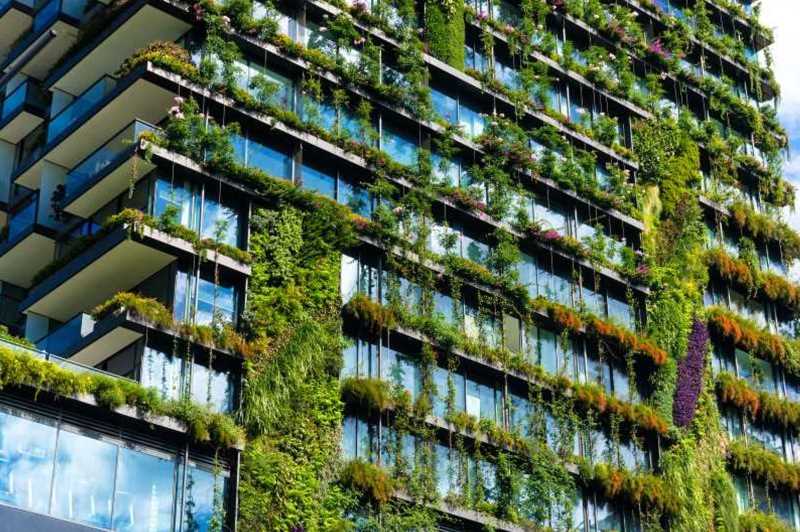Building a Sustainable Real Estate Portfolio: A Path to Long-Term Success

As investors increasingly focus on environmental, social, and governance (ESG) considerations, sustainable real estate investing has become a vital component of a responsible and forward-thinking portfolio. By integrating sustainability principles into your real estate investment strategy, you can create a more resilient and attractive portfolio that not only benefits the environment but also yields long-term financial returns. Here’s a comprehensive guide to help you plan a sustainable real estate portfolio that aligns with your values and investment goals.
Assess Your Current Portfolio
Before you start building a sustainable real estate portfolio, take a closer look at your current investments. Evaluate the environmental impact, social responsibility, and governance practices of each property or asset. Consider factors such as energy efficiency, water conservation, waste management, and community engagement. This assessment will help you identify areas for improvement and create a baseline for your sustainable investing journey.
Define Your Sustainability Goals
Establishing clear sustainability goals is crucial to building a successful sustainable real estate portfolio. Determine what issues matter most to you, such as reducing carbon emissions, promoting affordable housing, or supporting local communities. Your goals will serve as a guiding framework for investment decisions and help you measure progress over time. Be specific, measurable, achievable, relevant, and time-bound (SMART) when setting your sustainability objectives.
Diversify Your Portfolio
A diversified portfolio is essential for managing risk and maximizing returns. Spread your investments across different asset classes, such as residential, commercial, and industrial properties. Consider incorporating alternative real estate investments, like renewable energy infrastructure or sustainable agriculture projects. This diversification strategy will help you build a more resilient portfolio that can weather market fluctuations.
Invest in Energy-Efficient Properties
Energy efficiency is a critical aspect of sustainable real estate investing. Look for properties with green building certifications, such as LEED or ENERGY STAR. Invest in assets with energy-efficient systems, like solar panels, rainwater harvesting, or greywater reuse. Not only will these investments reduce your environmental footprint, but they can also lower operating costs and attract eco-conscious tenants.
Prioritize Social Responsibility
Social responsibility is an integral component of sustainable real estate investing. Focus on projects that promote affordable housing, community development, and social equity. Consider investing in properties that offer community facilities, such as parks, community centers, or healthcare services. By prioritizing social responsibility, you can create value for both your investors and the communities you serve.
Engage with Stakeholders
Effective stakeholder engagement is vital for building a sustainable real estate portfolio. Collaborate with tenants, community members, and local organizations to understand their needs and concerns. Engage in open and transparent dialogue to ensure that your investments align with the values and priorities of your stakeholders. This collaborative approach will help you build trust, reputation, and long-term relationships.
Monitor and Report Progress
Regularly monitoring and reporting your sustainability progress is essential for maintaining accountability and transparency. Track key performance indicators (KPIs) such as energy consumption, water usage, and waste management. Use internationally recognized frameworks, such as the Global Reporting Initiative (GRI) or the Sustainable Accounting Standards Board (SASB), to ensure consistency and comparability. Publish annual sustainability reports to communicate your progress and achievements to stakeholders.
Seek Professional Advice
Building a sustainable real estate portfolio requires expertise and guidance. Consult with sustainability experts, real estate professionals, and financial advisors to ensure that your investments align with your goals and values. Stay up-to-date with industry trends, best practices, and regulatory requirements to maintain a competitive edge.
In conclusion, building a sustainable real estate portfolio requires a deliberate and informed approach. By assessing your current portfolio, defining your sustainability goals, diversifying your investments, and prioritizing energy efficiency and social responsibility, you can create a resilient and attractive portfolio that benefits both your investors and the environment. Remember to engage with stakeholders, monitor and report progress, and seek professional advice to ensure the long-term success of your sustainable real estate portfolio.





